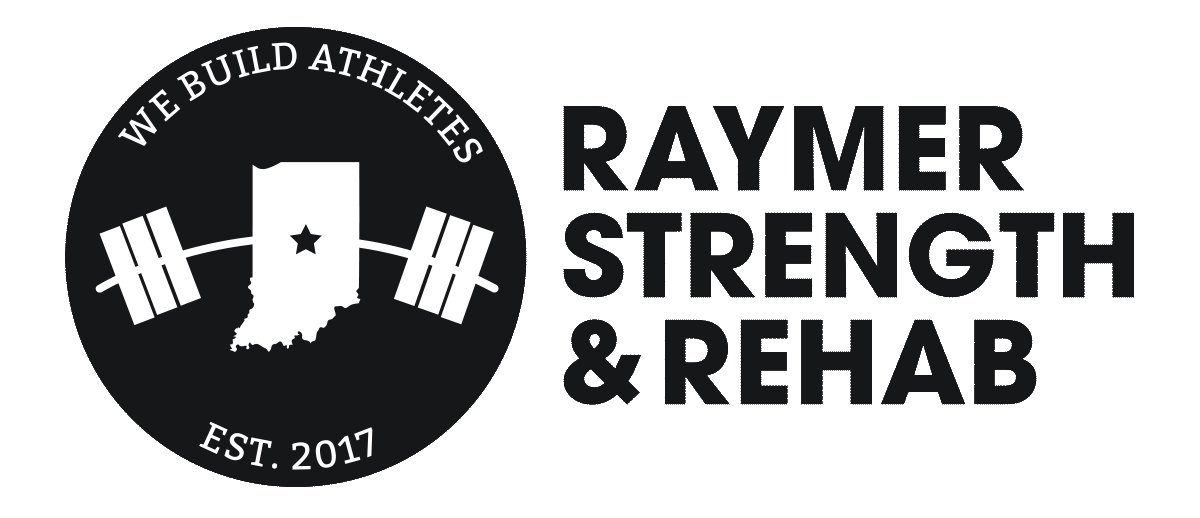Producing & Absorbing Force 101: Linear Extension
What does it mean to produce power? To actually get faster and more explosive? Proper strength training is one way to accomplish that highly sought after goal.
As performance coaches, our goal is to train athletes through ALL planes of motion in a dynamic environment. The most basic building block of training is working through single directions. So in this short article, we’ll explore the importance of resistance training through linear extension.
What’s Linear Extension?
Linear extension happens when a joints extends in a single direction (up and down). Add the right prescription of resistance and intensity, and athletes will increase the amount of force they are driving into the ground. This leads to becoming more explosive, and often, faster and more efficient movers.
It’s straightforward– but it’s an important aspect of sports performance training. Athletes generate power in a single direction by putting force into the ground.
In general, the more weight you can move, the more force you can put into the ground.
The more force you put into the ground, the faster you can run and the higher or farther you can jump.
As coaches, we’re looking for good technique as well as efficient and fast execution.
Different ways to train power and capacity through Linear Extension
Strength training, while crucial, is not a magic bullet. Athletes need to practice sprinting to get better at sprinting… or practice jumping to get better at jumping. Or practice sport-specific skills to get more proficient at performing them.
By combining strength training with specific practice, athletes teach their bodies to recruit their developing muscle fibers for better, faster, and more efficient movement.
At Raymer Strength, we train force production through linear extension in a variety of ways. Methods depend on the following in order of importance…
their body’s movement capabilities (via the Functional Movement Screen)
their daily status (sleep, nutrition, stress, training load, etc.)
their training age
their goals
their sport
their sport position
Athletes with a lower training age are introduced to simpler movements that gradually become more complex as they become more proficient. Our experienced athletes are training more complex barbell movements - like the Clean and the Jerk.
In our companion video below, the joints that are going into linear extension are highlighted with the white circles. Some movements utilize extension in one joint, others use multiple. The Clean and the Jerk utilize “triple extension” in the lower body, meaning that the ankles, knees, and hips work together to produce force.
There are other ways to achieve triple extension besides Olympic weightlifting, but this is how we feel that we can best prepare athletes for their collegiate strength and conditioning programs… while also accomplishing their goals to become better, faster, and stronger.
Our next post on how joint flexion relates to deceleration. With all the emphasis on becoming more explosive, powerful, and faster, we can’t neglect “the brakes.” That’s the important work that helps reduce the chances of injury.
NEXT: Producing & Absorbing Force 101: Flexion and Deceleration
